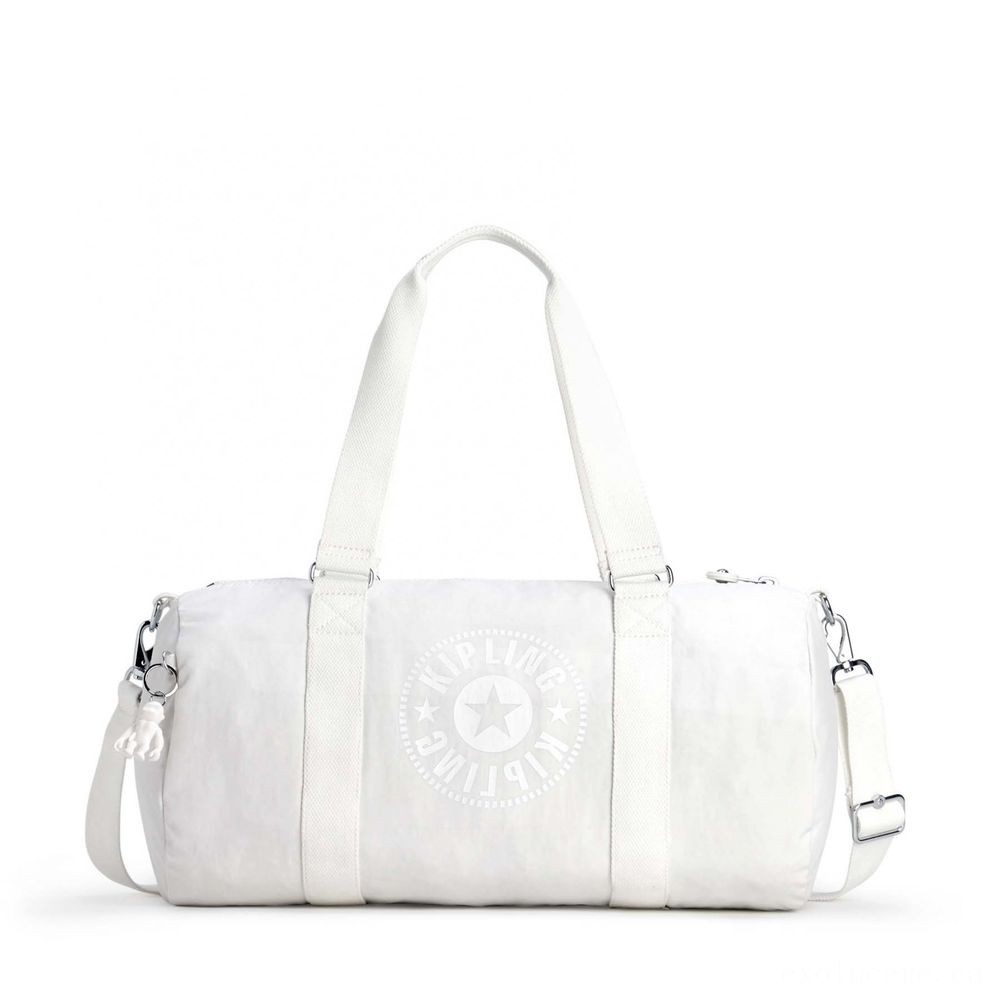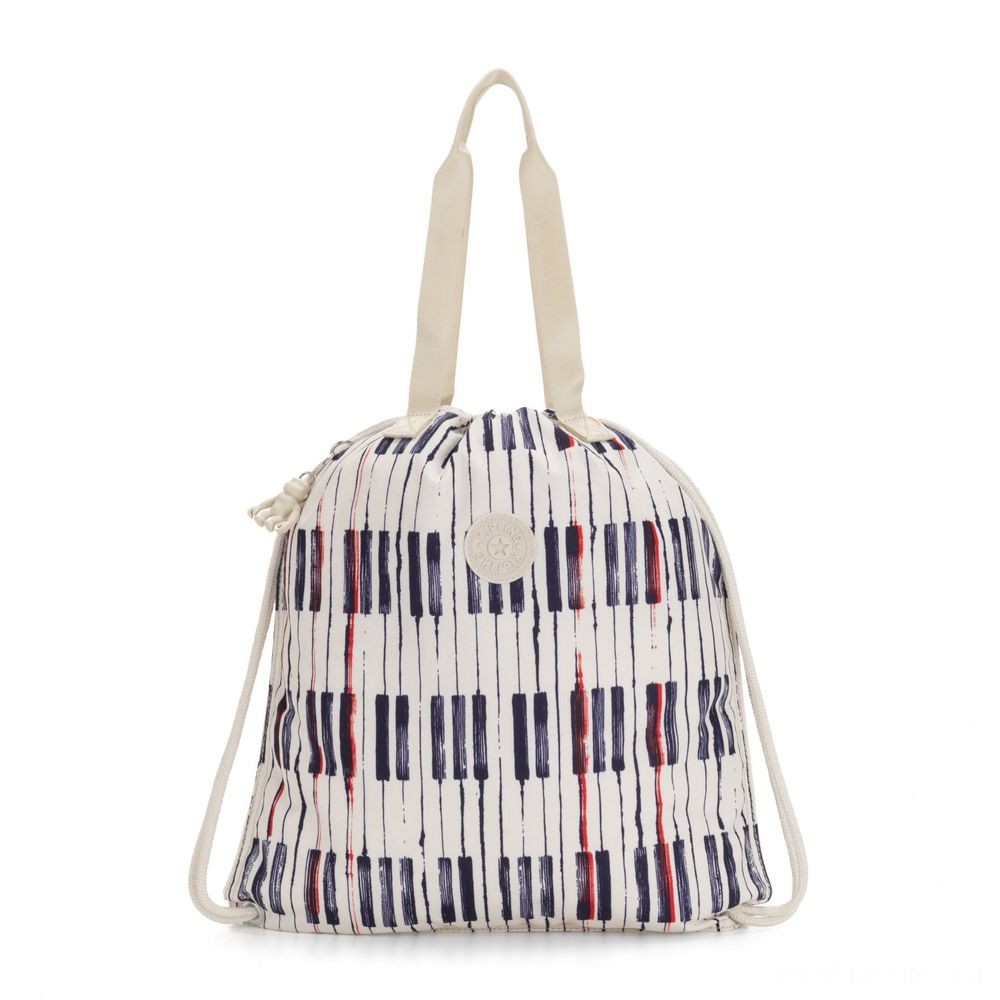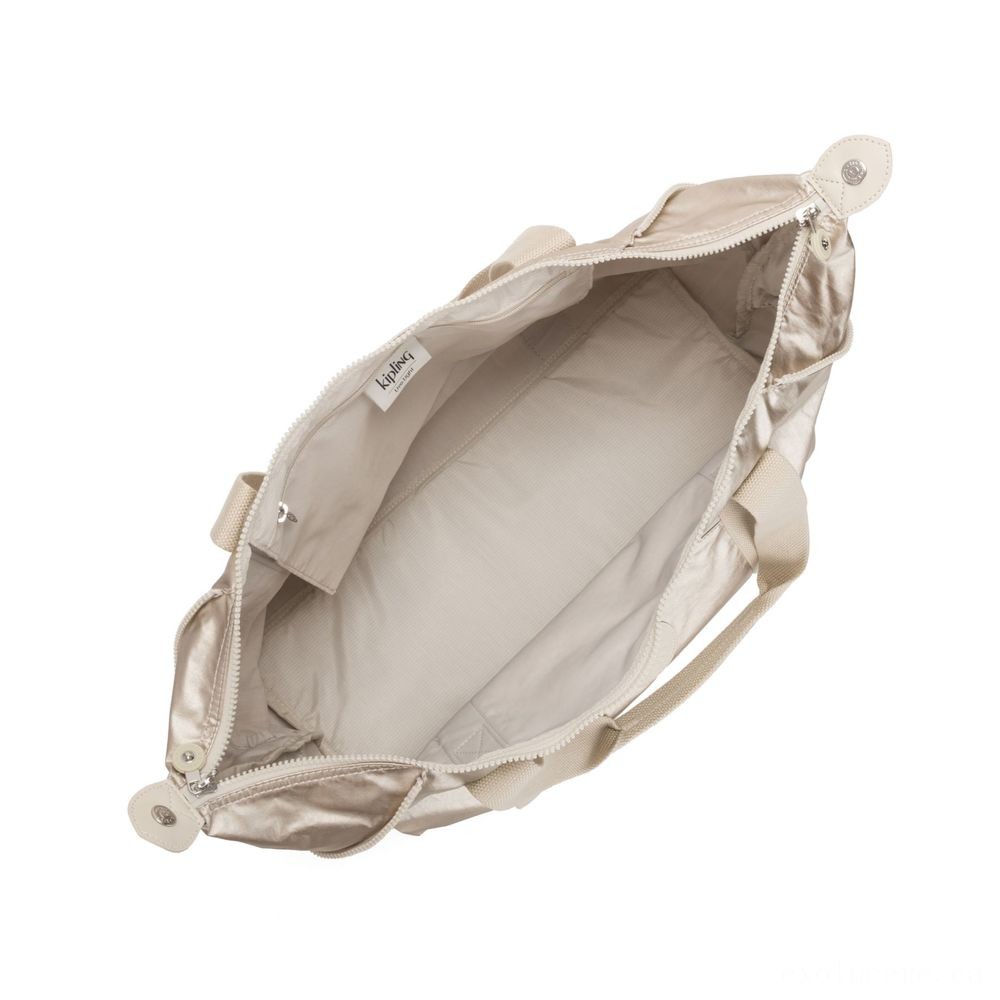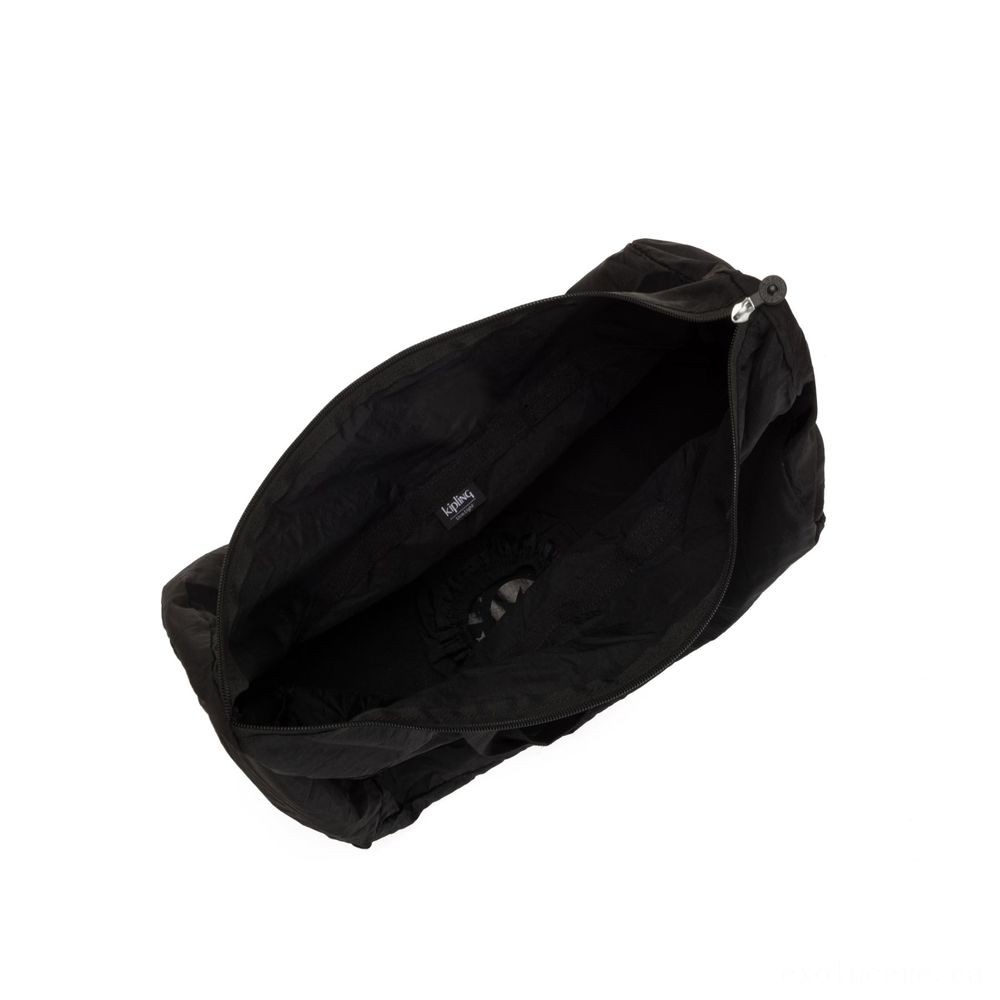Blowout Sale - Kipling ETOKO Large drawstring bag with bag bands White Blue Bl. - Memorial Day Markdown Mardi Gras:£25[ambag6629az]

![Blowout Sale - Kipling ETOKO Large drawstring bag with bag bands White Blue Bl. - Memorial Day Markdown Mardi Gras:£25[ambag6629az]](https://img.24hishop.top/images/sbag/6629/a_638.jpg)
![Blowout Sale - Kipling ETOKO Large drawstring bag with bag bands White Blue Bl. - Memorial Day Markdown Mardi Gras:£25[ambag6629az]](https://img.24hishop.top/images/sbag/6629/a_641.jpg)
![Blowout Sale - Kipling ETOKO Large drawstring bag with bag bands White Blue Bl. - Memorial Day Markdown Mardi Gras:£25[ambag6629az]](https://img.24hishop.top/images/sbag/6629/a_639.jpg)
£69£25
190
14
数量:
Product Description
| Status | In stock |
| 送料負担 | $15 |
| Deliver | UPS |
| Ship From | UK |
| Arrived Days | 3-10 DAYS |
| メーカー名 | Mike |
| メーカー情報 | 合資会社イターナル〒980-0812 宮城県仙台市青葉区片平1-4-6-1106 (通信販売専門店)TEL:022-266-3257 FAX:022-264-4204 |
Blowout Sale - Kipling ETOKO Large drawstring bag with bag bands White Blue Bl. - Memorial Day Markd - Kipling Sports Bags
1 inside wallet (whized).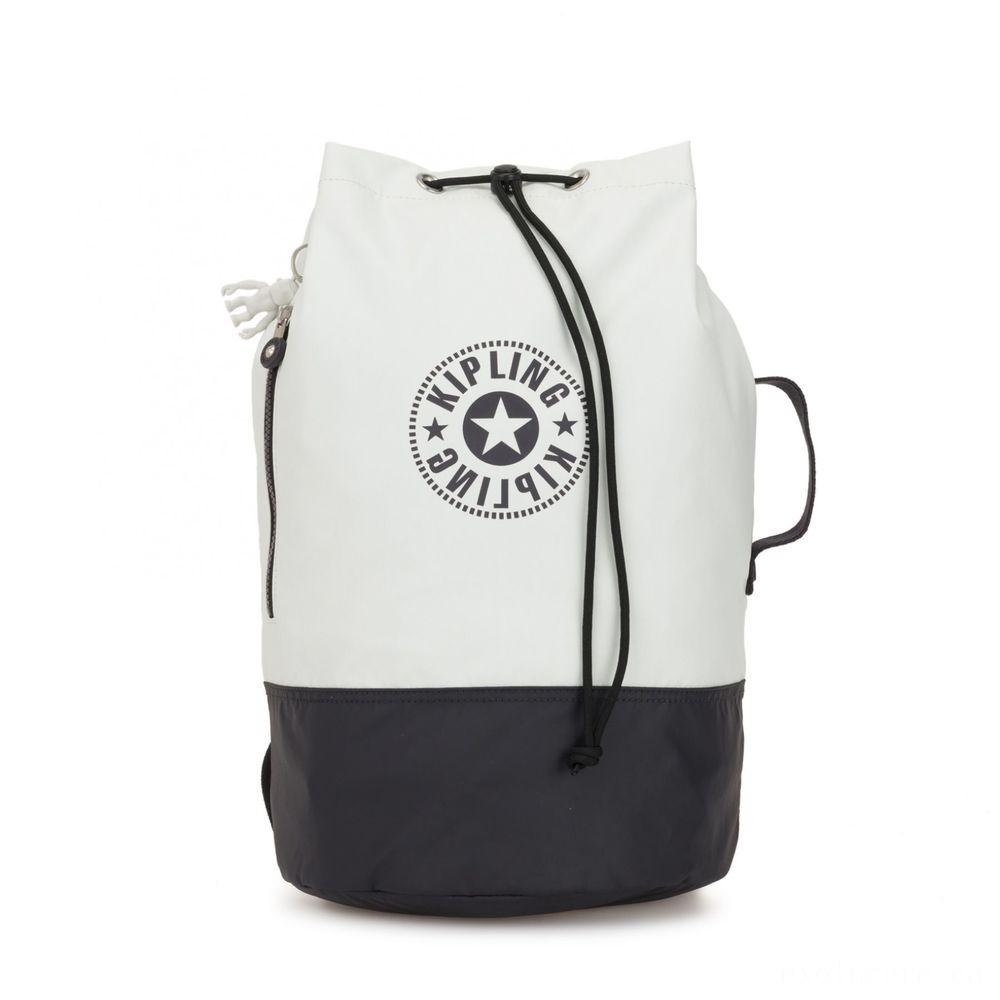
Quantity: 19.5 Litre.
Product: one hundred% Polyamide.
Style code: KI363926P00 999.
Water repellent.
Silicon robot ape keyhanger.
Body weight: 0.49 kilograms.
Measurements: 26 Width x forty five Elevation x 26 Depth cm.

Changeable shoulder band.

1 drawstring main area.
key fob.
3 functional areas (phone + marker + wallet).
Part of the Beach compilation.
sizable.
Round imprinted Kipling logo.
Reviews (14)
 Blowout Sale - Kipling ETOKO Large drawstring bag with bag bands White Blue Bl. - Memorial Day Markd
Blowout Sale - Kipling ETOKO Large drawstring bag with bag bands White Blue Bl. - Memorial Day Markd
















